

Riparian zones are the areas beside streams. These areas are sometimes reconstructed or improved to provide habitat for fish and other aquatic life and to stabilise banks against erosion. This ...
READ MORE

Farming is a way of life in New Zealand – about half the country’s land is used for primary production. New Zealand Trade and Enterprise reports that New Zealand-grown produce feeds over 40 ...
READ MORE
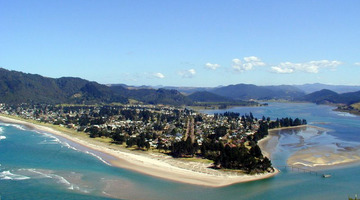
New Zealand has approximately 300 estuaries. They are historically important cultural sites – Māori settlers valued estuaries as an important source of fish and shellfish, and European settlers ...
READ MORE

In this activity, students discuss how a variety of everyday objects can serve as metaphors for the important characteristics and functions of estuaries. By the end of this activity, students ...
READ MORE
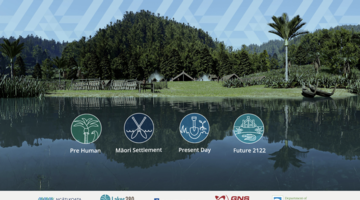
He reo nō te puehu – A voice from the dust is a 360-degree browser-based virtual reality experience in which users can visit Lake Moawhitu at different points in time: Pre Human, Māori ...
READ MORE

Te mana o te wai describes the first right for water being with the water – rivers, lakes and streams as well as the ocean. After human water uses, there must be enough natural flow remaining to ...
READ MORE
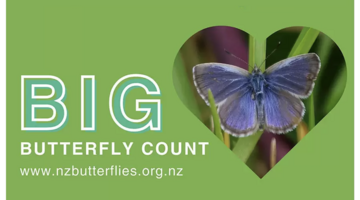
This New Zealand-based citizen science project collects data about butterflies in our gardens, schools, parks and farms – any location in the country or on the outer islands. This annual event – ...
READ MORE
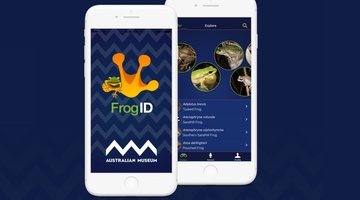
FrogID is an Australian app that uses audio of frogs’ unique calls to identify various species and their locations. We can use it in Aotearoa New Zealand to record the location of introduced ...
READ MORE

Be part of a worldwide movement and use Global Earth Challenge to submit or classify photos to help our planet’s environment and human health. Global Earth Challenge is a citizen science campaign ...
READ MORE
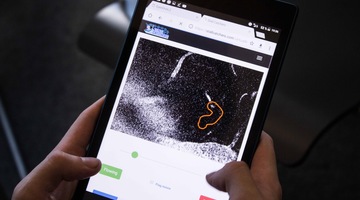
Games have long been used for developing both skills and knowledge in the education sector. As digital technologies continue to develop, the range of digital learning games also continues to ...
READ MORE

Freshwater is defined as inland water – springs, streams, rivers, lakes and wetlands. It includes water that is stored in glaciers and under the ground within soil and in aquifers. Freshwater is ...
READ MORE
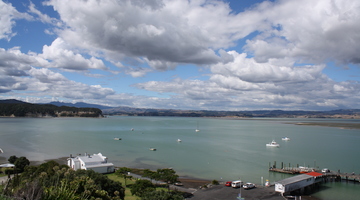
With 75% of New Zealanders living within 10 km of the coast, many students will be familiar with estuaries. In scientific terms, estuaries are the interface between the land and the sea – the ...
READ MORE
Michelle is a primary teacher of a year 5 and 6 class. She adapted a Science Learning Hub activity to focus on the life cycle of the longfin eel. She discusses her students’ reactions and ...
READ MORE
Antonia Hoeta and Dr Karyn Maclennan came up with a novel way to engage young people with science information and help dispel misinformation and disinformation about viruses and vaccines ...
READ MORE
Professor Ian Yule, Massey University, is interested in precision agriculture sensing. He has developed a number of tools for the market. Here, Ian and Massey University, Commercialisation and IP ...
READ MORE
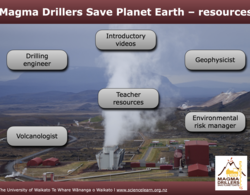
This interactive introduces and houses resources developed by Magma Drillers Save Planet Earth – a University of Canterbury project funded by Curious Minds. Select here to view the full ...
READ MORE
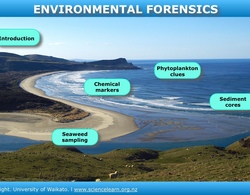
Dr Candida Savage explains the clues she collects in estuaries and fiords, to understand how changes in land use affect these environments. Click on the labels to watch the videos for more ...
READ MORE
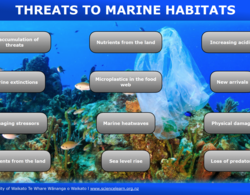
Human actions at sea and on land are putting increasing pressure on the ocean and the species that live there.
READ MORE